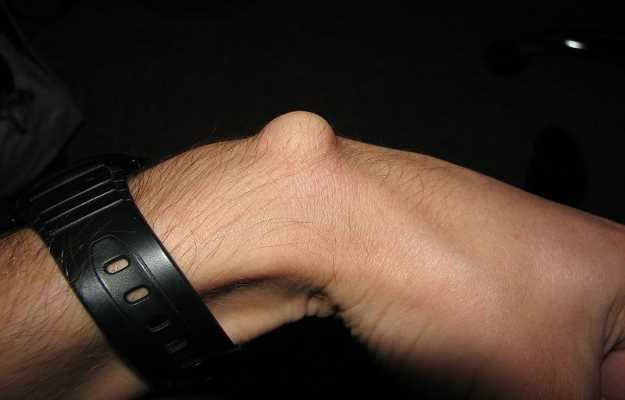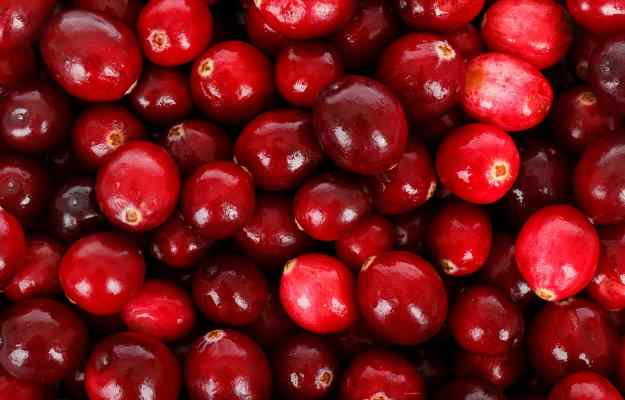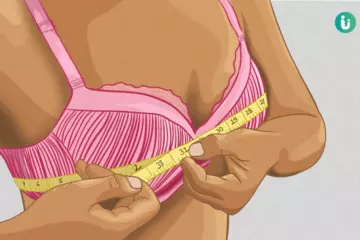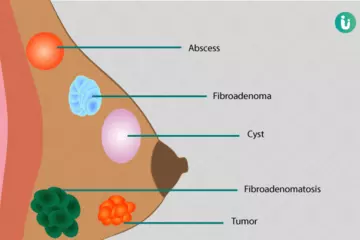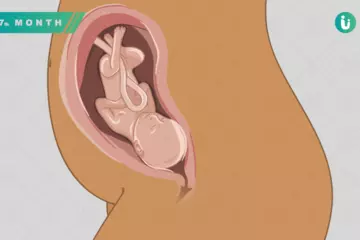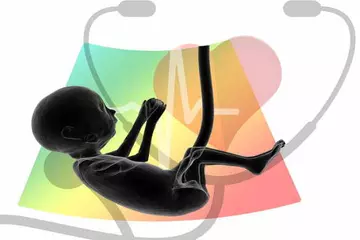A ganglion cyst is a non-cancerous fluid-filled lump that usually shows up near a joint. Most commonly, these cysts develop on the backside of the wrist or on the fingers; however, ganglion cysts may develop on any joint, including the ankle, elbow, knee, hip or shoulder joint.
A ganglion cyst is not present on the skin. Instead, it forms under the skin on a membrane (synovium) that covers and helps lubricate tendons and joints. Tendons are a type of connective tissue that connect muscles to bones.
There may be a single cyst or multiple cysts joined to a single stalk, and these cysts may disappear on their own after a while.
Usually, ganglion cysts are not painful but may cause tenderness in some. These cysts are most commonly treated through needle aspiration or surgery.
Read on for:


